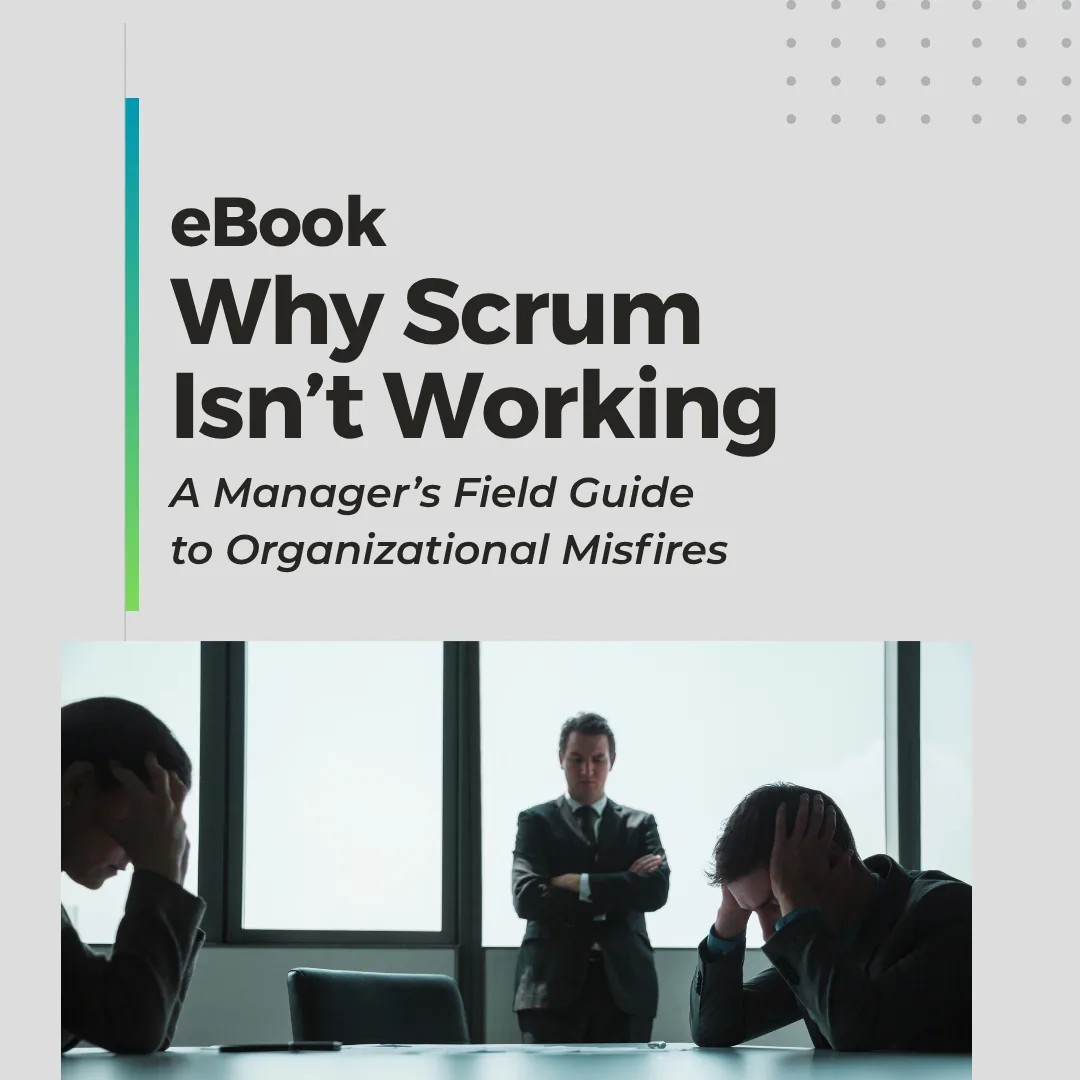We’ve all sat through meetings that felt unnecessary or repetitive. So when teams ask if all the Scrum events are really required, it’s a fair question. Are they all adding value, or could you skip one and save some time? Let’s explore what really happens when you start leaving events out.
Understanding the Purpose of Scrum Events
Scrum is built on the foundation of empiricism, the idea that teams make decisions based on what is known and can be observed. Each of the Scrum events serves as an opportunity for inspection and adaptation. These events are not arbitrary meetings; they are essential checkpoints that ensure the team stays aligned, adapts quickly, and continuously improves.
When teams ask, “Can we skip one of the Scrum events?” the real question becomes, “What are we giving up by skipping it?” The answer is simple: you lose the chance to inspect, adapt, and improve.
Why Every Scrum Event Matters
Each Scrum event has a clear and unique purpose that ties back to the principles of transparency, inspection, and adaptation. For instance, skipping Sprint Planning means losing the opportunity to create a shared plan toward the Product Goal. Without that alignment, the team risks working on tasks that don’t deliver value or move the product forward.
Similarly, omitting the Sprint Retrospective removes the team’s ability to inspect and adapt their processes and relationships. Over time, small inefficiencies grow into major obstacles. These events are structured to create rhythm, focus, and accountability—qualities that high-performing teams rely on.
Scrum and the Plan-Do-Check-Act Cycle

The structure of Scrum events mirrors the Plan-Do-Check-Act cycle introduced by Edwards Deming, a model for continuous improvement that has guided teams for nearly a century.
- Plan: The team plans in Sprint Planning, setting a clear goal and identifying work for the Sprint.
- Do: The work happens during the Sprint itself, guided daily by the team’s collaboration.
- Check: The Daily Scrum and Sprint Review provide opportunities to inspect progress and outcomes.
- Act: The Sprint Retrospective allows the team to adapt based on what they’ve learned.
Together, these events form a self-correcting loop that keeps the team focused and learning. Remove one, and you break that loop. Planning without checking leads to wasted effort. Acting without inspection risks repeating mistakes. Each event reinforces the others.
The Real Cost of Skipping Scrum Events
It’s tempting to see these events as time-consuming, especially when deadlines are tight. But in practice, teams that skip them often spend more time recovering from misalignment, rework, or confusion than they save.
For example, skipping the Daily Scrum may seem harmless, but it delays problem-solving and allows issues to linger. What might have been resolved in a five-minute conversation could become a multi-day setback. The Sprint Review, too, provides essential feedback from stakeholders. Without it, the product may drift away from user needs.
In short, you can “get away” with skipping Scrum events, but you’ll pay for it later through inefficiency and missed opportunities. The time you think you save will often cost you more in the long run.
Scrum Events Keep Teams Aligned and Agile

The timeboxes for Scrum events are designed to promote focus and prevent waste. Each event serves as a structured way to inspect progress, adapt processes, and ensure that everyone is moving in the same direction. Eliminating them might feel efficient in the moment, but it undermines the very framework that enables agility.
Instead of removing events, look for ways to make them more effective. Keep discussions concise, ensure that goals are clear, and maintain engagement. A short, focused event is far better than no event at all.
Conclusion
Every one of the Scrum events is mandatory for a reason. They provide the backbone for continuous improvement and collaboration. They embody the principles of empiricism and lean thinking that make Scrum so effective. Removing one weakens the cycle of inspection and adaptation, leaving teams less informed and less adaptive.
If you want your Scrum Team to be truly agile, don’t skip the events. Embrace them as opportunities to learn, inspect, and grow together.

Scrum Done Right
When Scrum seems broken, the root cause is often organizational misunderstanding or misalignment—not the framework itself. This guide outlines common problems that impede the benefits you get from Scrum, with actionable insights for managers ready to lead real change and improve organizational outcomes.
Tagged with: Scrum, agile, development team, resource

